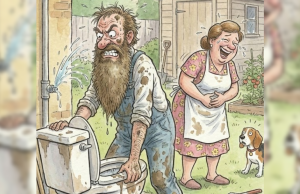Corn, also known as maize, is a staple crop that plays a significant role in various industries and cuisines around the world. The process of harvesting and drying corn is crucial to ensure its preservation and usability. In this article, we will explore the steps involved in corn harvesting and the subsequent drying process.

Harvesting corn typically takes place when the crop reaches its maturity, characterized by fully developed kernels and dried husks. Farmers employ specialized machinery such as combine harvesters to efficiently gather the corn ears from the fields. These machines expertly strip the corn ears from the stalks and separate them from the husks and leaves.
Once the corn has been harvested, the next important step is drying. Proper drying is vital to reduce the moisture content in the corn kernels, preventing spoilage and ensuring its long-term storage. There are various methods of corn drying, each offering distinct advantages based on factors such as weather conditions, crop size, and available resources.

One of the common methods employed is natural air drying. In this process, the harvested corn is spread out in thin layers in a well-ventilated area, such as a drying bin or on a clean concrete surface. Air circulation aids in evaporating the moisture from the kernels gradually. This method requires favorable weather conditions with low humidity and good airflow.

Another approach is to use artificial drying techniques, which utilize mechanical devices to expedite the drying process. One popular method is using a grain dryer, a machine specifically designed to reduce the moisture content of grains. The corn is loaded into the dryer, and heated air is circulated through the kernels. The heated air absorbs the moisture, and the process continues until the desired moisture level is achieved.

Regardless of the chosen method, regular monitoring of the corn during the drying process is essential. Farmers and agricultural experts keep a close eye on the moisture levels, ensuring that they do not fall below the safe threshold or exceed the recommended limits. Proper moisture levels preserve the quality of the corn and prevent the growth of molds or toxins.

Once the corn has been successfully dried, it can be stored for an extended period without the risk of spoilage. Farmers often use grain bins or silos to store the dried corn, protecting it from pests, moisture, and temperature fluctuations.


In conclusion, corn harvesting and drying are integral processes in ensuring the preservation and usability of this essential crop. By employing specialized machinery and appropriate drying techniques, farmers can effectively remove excess moisture from the corn kernels, allowing for safe and long-term storage. These practices contribute to maintaining the quality and availability of corn for various industries and culinary purposes worldwide.
























